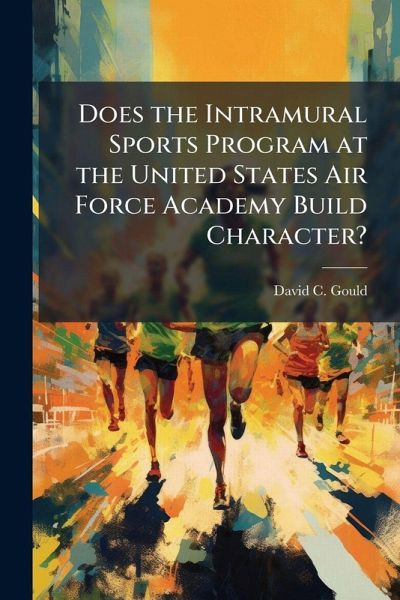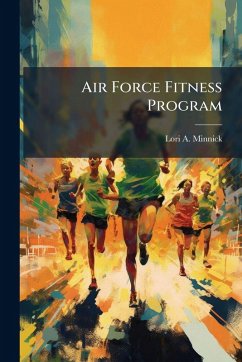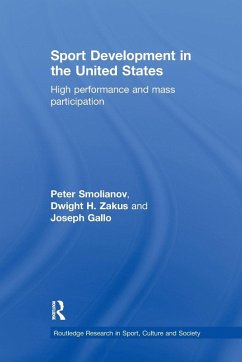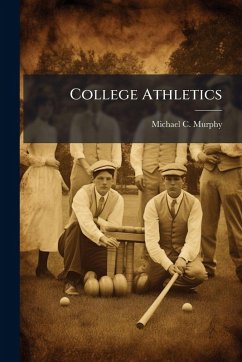
Does the Intramural Sports Program at the United States Air Force Academy Build Character?
Versandkostenfrei!
Versandfertig in über 4 Wochen
14,99 €
inkl. MwSt.
Weitere Ausgaben:

PAYBACK Punkte
7 °P sammeln!
The use of sports to develop young men and women both physically and mentally has been a tradition in the United States for over one hundred years. It is seen as an excellent tool for developing self-confidence, building social skills, and developing character in its participants.1 But to a large extent, verifying these expectations, specifically the assumption that sports build character has been overlooked. If asked, a majority of people would most likely say that it is a fact-"sports build character."2 But is participation in sports really an effective mechanism for character development? L...
The use of sports to develop young men and women both physically and mentally has been a tradition in the United States for over one hundred years. It is seen as an excellent tool for developing self-confidence, building social skills, and developing character in its participants.1 But to a large extent, verifying these expectations, specifically the assumption that sports build character has been overlooked. If asked, a majority of people would most likely say that it is a fact-"sports build character."2 But is participation in sports really an effective mechanism for character development? Lately many researchers, to include Jennifer Beller, Sharon Stoll, Patricia Giebink, and Thomas McKenzie among others, have conducted a number of studies to determine if participation in sports, and specifically team sports, actually does develop character-and they see it differently. This work has been selected by scholars as being culturally important, and is part of the knowledge base of civilization as we know it. This work was reproduced from the original artifact, and remains as true to the original work as possible. Therefore, you will see the original copyright references, library stamps (as most of these works have been housed in our most important libraries around the world), and other notations in the work. This work is in the public domain in the United States of America, and possibly other nations. Within the United States, you may freely copy and distribute this work, as no entity (individual or corporate) has a copyright on the body of the work. As a reproduction of a historical artifact, this work may contain missing or blurred pages, poor pictures, errant marks, etc. Scholars believe, and we concur, that this work is important enough to be preserved, reproduced, and made generally available to the public. We appreciate your support of the preservation process, and thank you for being an important part of keeping this knowledge alive and relevant.












